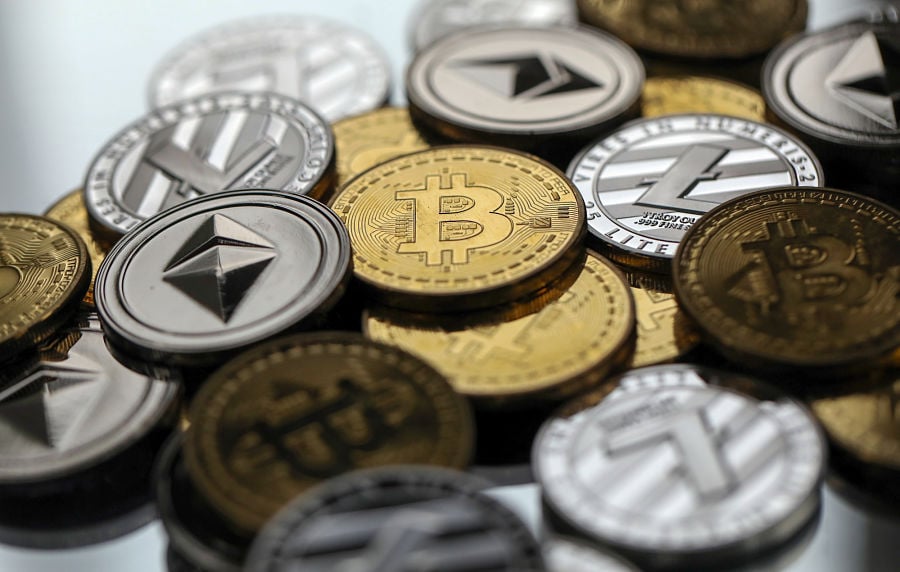

Cryptocurrency markets saw heightened volatility over the weekend following President Donald Trump’s announcement that the US would establish a crypto reserve, including five digital assets. The initial rally on Sunday was short-lived, as prices retreated Monday as question marks hung over details of Trump’s plan.
In posts on Truth Social, Trump stated that the government’s reserve would include bitcoin and ethereum, as well as the lesser-adopted tokens Solana, XRP, and Cardano.
Separately on X, David Sacks, the White House AI and cryptocurrency adviser, later highlighted how Trump’s move aligned with his earlier executive order promoting American leadership in digital financial technology, according to MarketWatch.
While Trump's announcement provided little information on the size of the reserve, how it would be funded, or when it would be implemented, Sacks indicated more details would be shared at a White House crypto summit on Friday, which will convene industry leaders, investors, and executives.
Following Trump’s comments, cryptocurrency prices climbed sharply, with Cardano and other altcoins seeing some of the largest gains. Stocks tied to the sector also rallied in premarket trading Monday, with Coinbase and other crypto-related firms advancing between 8 percent and 12 percent.
But by mid-Monday, those gains had faded. XRP, Solana, and Cardano each declined by as much as 10 percent from their Sunday highs, while bitcoin and ethereum also lost ground.
Trump’s announcement comes at a time when his administration has received significant political and financial support from the cryptocurrency industry. The former president has positioned himself as a pro-crypto candidate, drawing endorsements from industry leaders and pledging to support blockchain innovation.
XRP had been at the center of a long-running legal battle with the SEC. The agency sued Ripple, the company behind XRP, in 2020, accusing it of selling unregistered securities. A court later ruled that XRP was a security when sold to institutional investors but not when sold to retail traders. While the SEC has scaled back some enforcement actions against crypto firms, its appeal of the XRP ruling remains unresolved.
Solana has also been closely tied to the rise of so-called memecoins – highly volatile digital assets that often rely on social media hype. Trump and former First Lady Melania Trump both launched their own memecoins on the Solana blockchain in January, just a few days prior to the president's inauguration.
Trump’s token has lost about 80 percent of its peak value, and while an SEC statement on memecoins last week points to a more crypto-friendly regime, the broader memecoin market nonetheless remains highly speculative.

A new proposal could end the ban on promoting client reviews in states like California and Connecticut, giving state-registered advisors a level playing field with their SEC-registered peers.

Morningstar research data show improved retirement trajectories for self-directors and allocators placed in managed accounts.

Some in the industry say that more UBS financial advisors this year will be heading for the exits.

The Wall Street giant has blasted data middlemen as digital freeloaders, but tech firms and consumer advocates are pushing back.

Research reveals a 4% year-on-year increase in expenses that one in five Americans, including one-quarter of Gen Xers, say they have not planned for.
Orion's Tom Wilson on delivering coordinated, high-touch service in a world where returns alone no longer set you apart.
Barely a decade old, registered index-linked annuities have quickly surged in popularity, thanks to their unique blend of protection and growth potential—an appealing option for investors looking to chart a steadier course through today's choppy market waters, says Myles Lambert, Brighthouse Financial.
